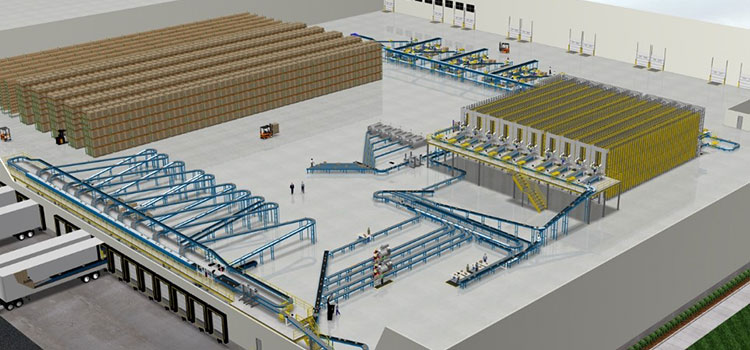Researchers have thought of an imaginative method to attempt to counter the massive amounts of carbon dioxide regardless they’re pumping into the air, even as an atmosphere emergency unfurls around us: transforming that CO2 into a valuable natural polymer.
The recently created technique drains CO2 particles out of the air, without using a lot of energy simultaneously. The material can then possibly be transformed into an element for bundling or dress.
The clear-cut advantage is a porous coordination polymer (PCP) made up of zinc metal particles.
Those particles can specifically catch CO2 atoms with multiple times more noteworthy effectiveness than different PCPs, the researchers state. Also, the material is reusable, was all the while pursuing at most extreme effectiveness 10 response cycles.
“We have successfully designed a porous material which has a high affinity towards CO2 molecules and can quickly and effectively convert it into useful organic materials,” says materials scientific expert Ken-ichi Otake, from Kyoto University in Japan.
The possibility of carbon sequestration has been around for quite a while, however the low reactivity of carbon dioxide implies it’s hard to catch and bolt away without utilizing a ton of vitality en route – which sort of invalidates the purpose.
PCPs (otherwise called metal-organic systems or MOFs) may hold the way to conquering this obstruction. The one illustrated in this new investigation utilizes a shrewd stunt: a natural part with a propeller-like structure.
Utilizing X-ray structural investigation, the scientists found that as CO2 atoms approach the PCP, its sub-atomic structure turns and modifies, enabling the carbon dioxide to be caught in the material.
The PCP is basically functioning as a molecular sieve, ready to perceive particles by size and shape. When the material has done its CO2-sucking work, it tends to be reused or reused as a natural polymer. Natural polymers can be transformed into polyurethane, which is utilized in garments, bundling, household machines and an assortment of different zones.
They’re seeing various promising in the field of carbon stockpiling. Prior this year researchers from RMIT University in Australia displayed a method for transforming CO2 again into coal, utilizing a compound response including the metal cerium.
Another team of analysts, from Rice University in the US, have had the option to build up a device for transforming CO2 into fluid fuel: for this situation the metal bismuth is the key ingredient, and formic corrosive is the final product.
Every one of these thoughts require further research and need to work at bigger scales, however progress is being made. So, they shouldn’t divert us from the most ideal method for chopping down the CO2 noticeable all around and easing back an Earth-wide temperature boost – lessening our carbon outflows.
Obviously move should be made, and quick. This new CO2 transformation strategy may all around become imperative to us later on, not least since it transforms something they don’t need into something they do.
“One of the greenest approaches to carbon capture is to recycle the carbon dioxide into high-value chemicals, such as cyclic carbonates which can be used in petrochemicals and pharmaceuticals,” says materials scientific expert Susumu Kitagawa, from Kyoto University.
Disclaimer: The views, suggestions, and opinions expressed here are the sole responsibility of the experts. No Graph Daily journalist was involved in the writing and production of this article.



